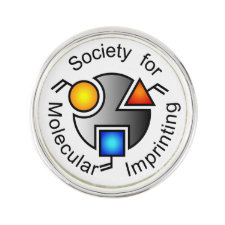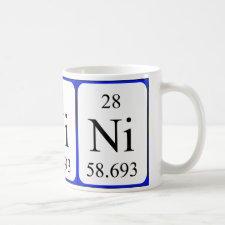
Authors: Tang XJ, Wang CJ
Article Title: Adsorption of Ni(II) from Aqueous Solution by Polyaminated Crosslinked Ni(II)-Imprinted Chitosan Derivative Beads.
Publication date: 2013
Journal: Environmental Engineering Science
Volume: 30
Issue: (10)
Page numbers: 646-652.
DOI: 10.1089/ees.2013.0099
Alternative URL: http://online.liebertpub.com/doi/abs/10.1089/ees.2013.0099
Abstract: Polyaminated crosslinked Ni(II)-imprinted chitosan derivative [P-C-CTS (Ni)] beads were first synthesized by molecular imprinting, crosslink reactions, and polyamination methods. Structure, size, and shape, and doping level of the adsorbents were analyzed in detail by X-ray photoelectron spectroscopy data, scanning electron microscope images, and Fourier transform infrared spectra. Study of Ni(II) adsorption on the prepared P-C-CTS (Ni) beads gave evidence that chemisorption was the main sorption mechanism and adsorption kinetics were fitted with a pseudo-second-order model. The adsorption capacity of 2.746 mmol/g for Ni(II), which was 2.6 times higher compared with unpolyaminated beads, was achieved by using the prepared P-C-CTS (Ni) beads. According to the results of Ni(II) adsorption quantities with different Ni(II)/citrate ratios (1:2, 1:1, 2:1) and pH (2.0, 3.0, 4.0, 5.0, 6.0), the effects of the pH and citrate ligands on Ni(II) adsorption quantities and the micromechanism of adsorption were discussed. The adsorption capability of the prepared P-C-CTS (Ni) beads was stable up to eight adsorption–desorption–regeneration cycles.
Template and target information: nickel ion, Ni(II)
Author keywords: chemisorption, molecular imprinting, Ni(II) adsorption, P-C-CTS (Ni) beads, polyamination



Join the Society for Molecular Imprinting

New items RSS feed
Sign-up for e-mail updates:
Choose between receiving an occasional newsletter or more frequent e-mail alerts.
Click here to go to the sign-up page.
Is your name elemental or peptidic? Enter your name and find out by clicking either of the buttons below!
Other products you may like:
 MIPdatabase
MIPdatabase









